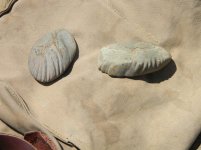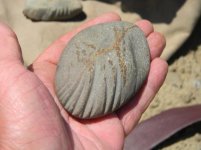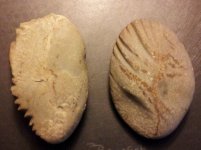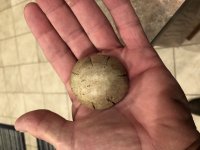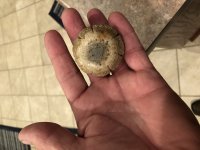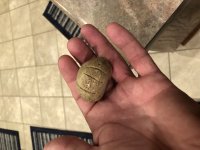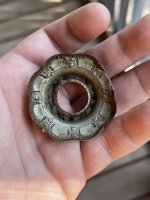CedarCreek1
Greenie
Carved stone Identification help please
I found this stone in an area by my house where some small trees and privet hedge had been pushed up by the roots. It is about 2 1/2 inches wide x 1 1/2 tall x 3/4 inches thick.. it's obviously been carved but i have no idea what it is? Any suggestions?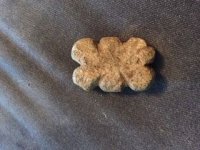
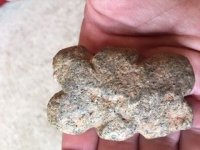
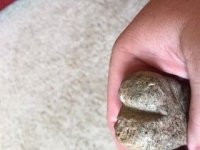
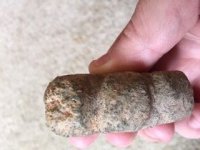

I found this stone in an area by my house where some small trees and privet hedge had been pushed up by the roots. It is about 2 1/2 inches wide x 1 1/2 tall x 3/4 inches thick.. it's obviously been carved but i have no idea what it is? Any suggestions?




Last edited:
Upvote
0


